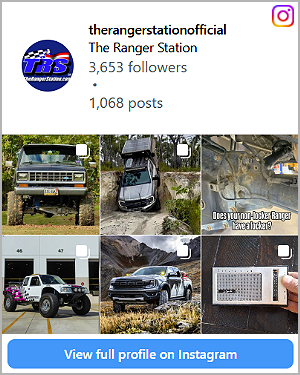Replaced the front crankshaft seal yesterday, took me about an hour and a half. As expected, the hardest part was the bolt. The old seal came out incredibly easily, and it was clear it was also leaking around the seal between it and the housing bore. The new one is significantly more tight in the bore, more than snug to feel confident about it unlike last time.
I started off using a 38mm axle nut socket to drive in the new seal, but it a) limited the amount of room I had to swing the hammer, and b) ended up cocking the seal in the bore anyway.
I changed to a short pin punch, working my way around the seal and double checking with the depth gauge on my calipers as I went. The seal from factory, as well as the first replacement, were recessed about 9mm in to the housing. On this one, I recessed it to 11mm, shifting where it would wear on the balancer. I also made sure to apply silicone inside the balancer where it meets the crank snout, per the repair manual; as well as lubing the seal with a bit of grease.
Finished things up on top, then went to town with brake cleaner and a rag to remove all the evidence of an oil leak.
Today I look under my truck..... and it appears to be leaking again. What did I do wrong? Did me using the pin punch damage the seal somehow despite my carefulness? Do I need to buy the special seal driver tool ford specs in the repair manual? Do I need to remove, reseal, and re-align the timing cover? Anything is appreciated, I'm getting ticked with this leak.












